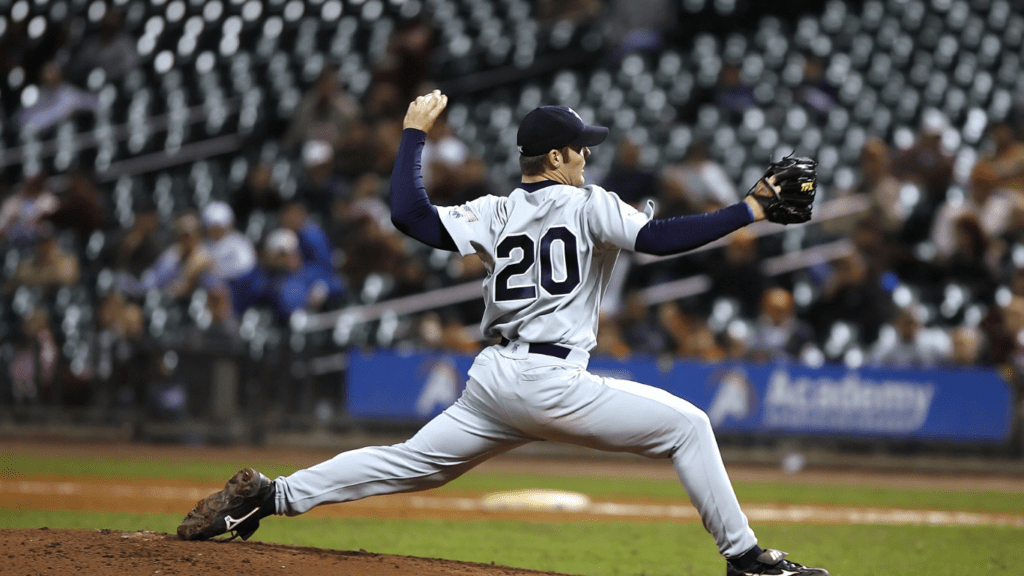Baseball enthusiasts, have you ever wondered how to enhance your MLB betting strategy with precision? In this article, I’ll delve into the world of MLB over/under betting, focusing on predicting runs accurately. As a seasoned sports bettor, I’ve honed my skills in analyzing key factors that influence run totals in Major League Baseball games.
Understanding the nuances of run prediction can significantly impact your betting success. From evaluating starting pitchers’ performance to considering weather conditions, every detail plays a crucial role in making informed decisions. Join me as I share valuable insights and strategies to help you navigate the realm of MLB over/under betting like a pro.
Historical Trends in MLB Over/Under Betting
Exploring historical trends in MLB over/under betting can offer valuable insights into predicting runs with precision. My experience in analyzing past data has shown that understanding these trends is crucial for making informed betting decisions. By delving into historical data, I’ve identified key patterns that can help me anticipate potential outcomes and adjust my betting strategy accordingly.
One of the significant trends I’ve noticed is the impact of ballpark factors on run-scoring. Different MLB stadiums have unique dimensions and playing conditions that influence the number of runs scored in a game. For instance, a pitcher-friendly ballpark with spacious outfield dimensions is likely to result in lower-scoring games, while a hitter-friendly park with shorter fences may lead to higher-scoring matchups. By considering these factors when evaluating over/under bets, I can make more accurate predictions based on historical performance at specific ballparks.
Another essential aspect of historical trends in MLB over/under betting is the analysis of past matchups between teams. By reviewing previous games and outcomes, I can uncover trends in run production and pitching performance that may impact future games. For example, if two teams consistently score above the league average when facing each other, it’s worth considering the over bet for their upcoming matchup. On the other hand, if historical data shows a pattern of low-scoring games between certain teams, the under bet could be a more favorable option.
Additionally, studying historical trends in individual player performance can provide valuable insights for MLB over/under betting. Analyzing statistics such as batting averages, on-base percentages, and pitching ERAs over time can help me gauge the potential run-scoring capabilities of specific players. By incorporating this player-focused approach into my betting strategy, I can make more accurate predictions on whether a game is likely to go over or under the set run total.
Leveraging historical trends in MLB over/under betting is a strategic way to enhance prediction accuracy and optimize betting decisions. By carefully examining past data related to ballpark factors, team matchups, and player performance, I can fine-tune my betting strategy to make more precise predictions on runs scored in MLB games. This analytical approach based on historical trends has been instrumental in helping me achieve consistent success in MLB over/under betting.
Statistical Analysis for Predicting Runs
In understanding and predicting runs scored in MLB games, it’s crucial to consider various factors that can influence the outcomes. By delving into statistical analysis, I can uncover essential patterns and trends that play a significant role in run-scoring predictions.
- Factors Affecting Runs Scored
Analyzing factors that impact runs scored in MLB games is essential for accurate predictions. Stadium conditions, such as weather, field dimensions, and altitude, can all influence how many runs are scored in a game. Additionally, team matchups, pitcher performance, and recent form can significantly affect the offensive output of a game. By considering these factors in my analysis, I can make more precise predictions on run-scoring outcomes. - Applying Advanced Metrics for Accuracy
Utilizing advanced metrics in statistical analysis can further enhance the accuracy of predicting runs scored in MLB games. Metrics such as OPS (On-base Plus Slugging), wOBA (Weighted On-Base Average), and BABIP (Batting Average on Balls In Play) provide deeper insights into player and team performance. By incorporating these advanced metrics into my analysis, I can refine my predictions and improve the precision of my run-scoring forecasts.
Strategies for Successful MLB Over/Under Betting
Exploiting statistical analysis plays a pivotal role in refining MLB over/under betting strategies. By leveraging data-driven insights, I optimize my approach to predicting runs with precision.
Utilizing advanced metrics like OPS, wOBA, and BABIP, I enhance the accuracy of run-scoring predictions. This strategic use of statistical tools empowers me to make well-informed betting decisions based on solid analytical foundations.
When considering stadium conditions, team matchups, and player performance, I delve into historical trends to identify patterns that can guide me in making successful over/under bets. Understanding these key factors allows me to craft a comprehensive strategy that maximizes my chances of consistent success in MLB betting.
Implementing Precision in Run Predictions
In analyzing MLB over/under betting, I delve into refining run predictions with accuracy. By exploring historical trends, ballpark specifics, and player statistics, I aim to enhance the precision of forecasting run outcomes. Stadium conditions, team matchups, and individual player performance prove to be crucial factors in ensuring reliable predictions in MLB over/under betting scenarios. Leveraging advanced metrics such as OPS, wOBA, and BABIP allows for a more in-depth evaluation of potential run totals, aiding in strategic decision-making when placing bets. By integrating statistical tools effectively, I can make data-driven predictions that increase the likelihood of successful outcomes in MLB over/under betting. Understanding the intricate details of stadium conditions, team dynamics, and player form is paramount in constructing a robust strategy for consistent success in this realm.



 Janicella Scoggins – Unique Author & Betting Expert
Janicella Scoggins, the unique author of Fortune Play Guide, delivers in-depth articles and expert betting guides. Her deep knowledge of sports betting, combined with a clear and engaging writing style, makes her content accessible to both novice and seasoned bettors. Janicella's articles cover everything from picks and predictions to betting strategies, making her a trusted voice in the betting community.
Janicella Scoggins – Unique Author & Betting Expert
Janicella Scoggins, the unique author of Fortune Play Guide, delivers in-depth articles and expert betting guides. Her deep knowledge of sports betting, combined with a clear and engaging writing style, makes her content accessible to both novice and seasoned bettors. Janicella's articles cover everything from picks and predictions to betting strategies, making her a trusted voice in the betting community.
